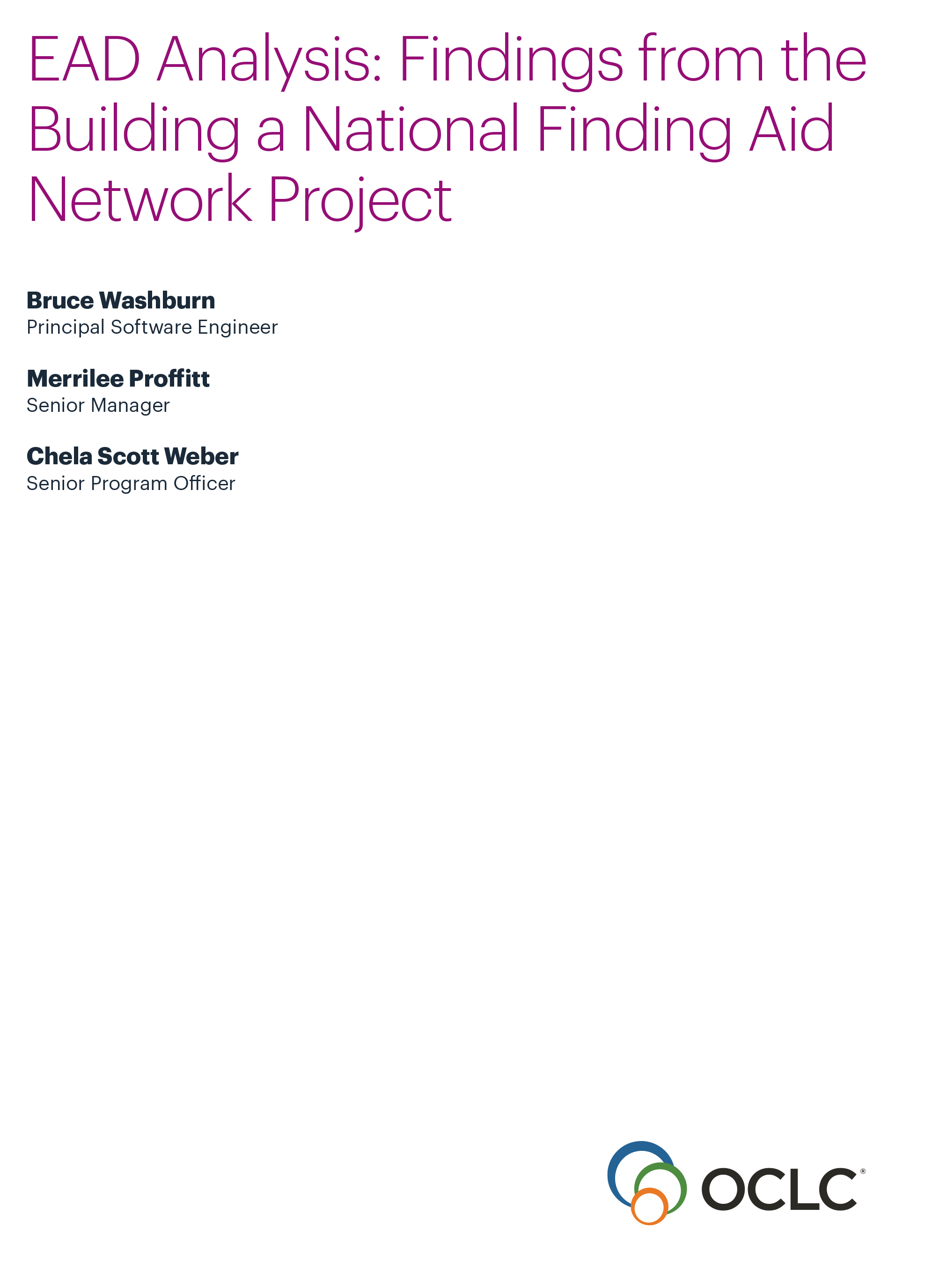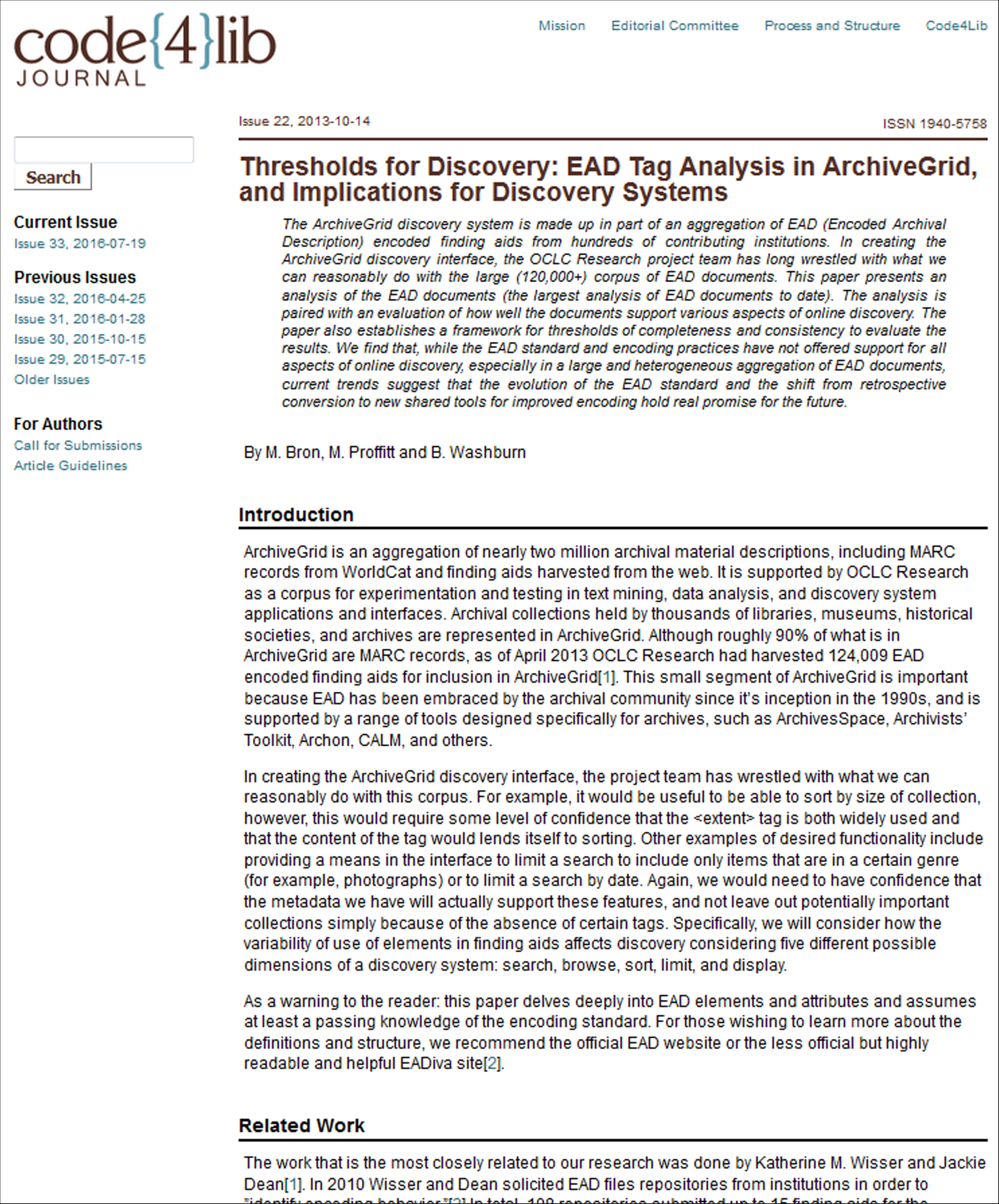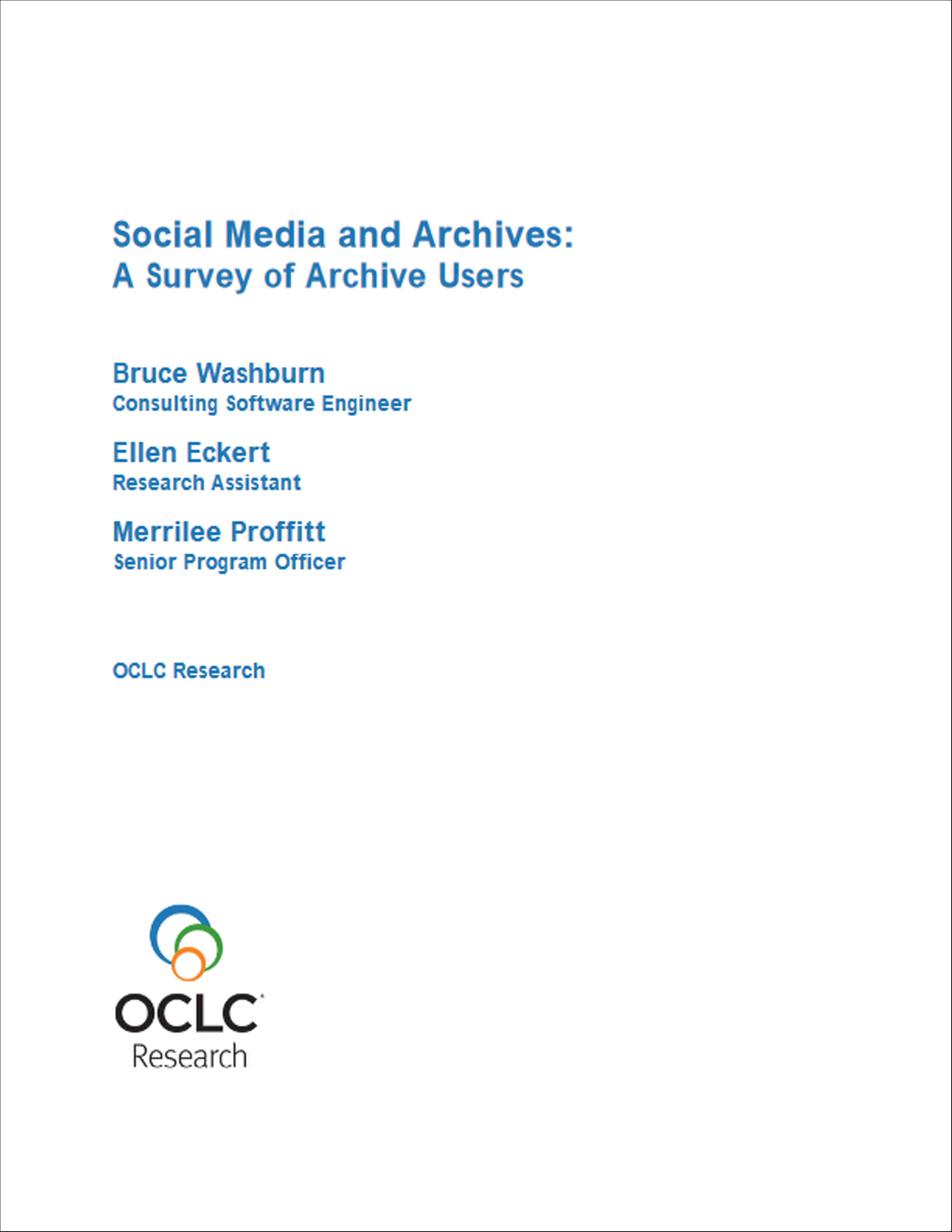ArchiveGrid
ArchiveGrid is a collection of millions of archival material descriptions, including MARC records from WorldCat and finding aids harvested from the web.
ArchiveGrid provides access to detailed archival collection descriptions such as documents, personal papers, family histories, and other archival materials held by thousands of libraries, museums, historical societies, and archives. It also provides contact information for the institutions where these collections are kept.
This application is supported by OCLC Research as an experiment in text mining, data analysis, and discovery system applications and interfaces, and it provides a foundation for OCLC’s collaboration and interactions with the archival community.
The majority of archival material descriptions in ArchiveGrid are from WorldCat and primarily represent archival collections held by institutions in the United States. This reflects the contribution patterns for descriptions of materials under archival control in WorldCat.
Background
Since 2012, ArchiveGrid has been made available by OCLC Research. Although it is not a full production service, researchers can expect to use it for discovery of archival materials, and archives can work with OCLC Research to have their materials represented in the aggregation.
Impact
ArchiveGrid has been a significant source of data that has supported a variety of research projects.
Finding aids from ArchiveGrid formed a corpus of EAD encoded collection descriptions that were the basis for a foundational analysis of EAD encoded data.1 The methods established in this project formed the basis for a follow-up analysis using a similar corpus as part of the Building a National Finding Aid Network (NAFAN) project.2
ArchiveGrid data was used as a source for US archival repositories in the project American Archives and Climate Change: Risks and Adaptation, a project to investigate the spatial variability of climate risks to libraries and archives and detail how this may change in the future under expected climate change.3 Numerous publications and presentations have resulted from this research.
In 2014, 2.2 million MARC records from ArchiveGrid were used as a foundational data source for the SNAC (Social Networks and Archival Context Project).4
Updates
The ArchiveGrid index is updated quarterly with a fresh extraction of MARC records from WorldCat and with finding aids that we harvest from contributor websites.
This is largely due to the ongoing support of the archival community adding their material descriptions to WorldCat—which forms the basis of most of ArchiveGrid’s content—and, in some cases, supplementary finding aids that are directly harvested into ArchiveGrid.
Collection Statistics

View a dynamic collection of statistics showcasing the evolution of ArchiveGrid.
Archive growth: Explore our expanding repository with detailed size metrics and growth trends over time.
Monthly sessions: Track the global reach and activity of our platform with up-to-date session data.
Contributor insights: View a breakdown of our contributors by country and state within the US, highlighting the diversity driving our platform forward.
Outputs
Application
Publications
-

EAD Analysis: Findings from the Building a National Archival Finding Aid Network Project
30 May 2023
Bruce Washburn, Merrilee Proffitt, Chela Scott Weber
Analyzes a corpus of EAD encoded collection descriptions provided by regional finding aid aggregators in the US to assess existing EAD data as raw material for building a national finding aid aggregation.
-

Thresholds for Discovery: EAD Tag Analysis in ArchiveGrid, and Implications for Discovery Systems
14 October 2013
Marc Bron, Merrilee Proffitt, Bruce Washburn
The paper analyzes a large collection of over 120,000 Encoded Archival Description (EAD) documents within the ArchiveGrid discovery system. It evaluates how well these documents support online discovery and establishes criteria for completeness and consistency. The study reveals that while the EAD standard and encoding practices have limitations for comprehensive online discovery, emerging trends, such as updates to the EAD standard and the use of new encoding tools, offer promising improvements for the future.
-

Social Media and Archives: A Survey of Archive Users
16 August 2013
Bruce Washburn, Ellen Eckert, Merrilee Proffitt
This report details findings from a survey of users of archives to learn more about how researchers find out about systems like ArchiveGrid, and the role that social media, recommendations, reviews, and other forms of user-contributed annotation play in archival research. It will be of interest to those working with archival discovery services, or those investigating the utility of social media in discovery environments.
Previous Team
Bruce Washburn
Jeff Mixter
References
1 Bron, Marc, Merrilee Proffitt, and Bruce Washburn. 2013. “Thresholds for Discovery: EAD Tag Analysis in ArchiveGrid, and Implications for Discovery Systems.” The Code4Lib Journal, no. 22 (October). https://journal.code4lib.org/articles/8956.
2 Washburn, Bruce, Merrilee Proffitt, and Chela Scott Weber. 2023. EAD Analysis: Findings from the Building a National Finding Aid Network Project. Dublin, OH: OCLC Research. https://doi.org/10.25333/atn7-qq32.
3Mazurczyk, T., N. Piekielek, E. Tansey, and B. Goldman. 2018. “American Archives and Climate Change: Risks and Adaptation.” Climate Risk Management 20 (January): 111–25. https://doi.org/10.1016/j.crm.2018.03.005.
4 Larson, Ray R., Daniel Pitti, and Adrian Turner. 2014. “SNAC: The Social Networks and Archival Context Project - Towards an Archival Authority Cooperative.” In IEEE/ACM Joint Conference on Digital Libraries, 427–28. https://doi.org/10.1109/JCDL.2014.6970208.
